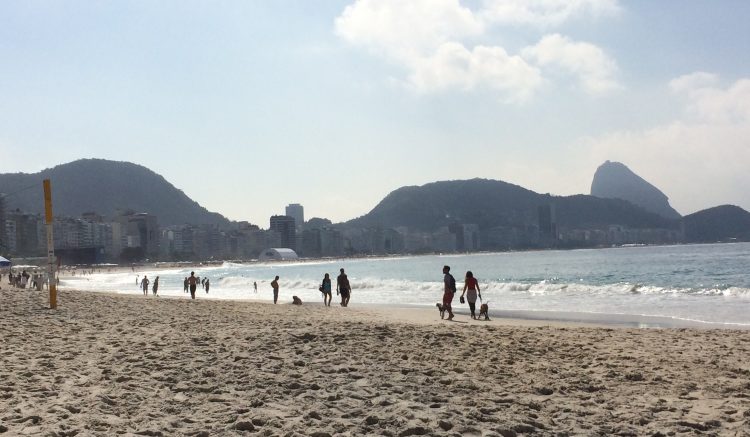In June 2016, my Brazilian friends in London were getting married in Rio. Of course, that was a great reason to travel to Brazil for the first time. It is a long flight of 12 hours to the Southern hemisphere from London to Rio. However, the time difference is not too bad. It depends where you are in Brazil, since there are four time zones. For example, Rio is 3 hours behind the UK in the summer and 2 hours behind when the UK changes to daylight savings. The trip was action-packed for a few days with the wedding events and sightseeing around Rio. Somehow, we found time for a 2-day trip by plane to the amazing Iguazu Falls.
The following year, I returned to Brazil around the same time. After a brief stop in Rio, I flew to Cuiaba to visit an area of beautiful nature called Pantanal. When people travel to Brazil for nature excursions, they usually head for the Amazon. However, my Brazilian friends recommended Pantanal because you can see more. In the jungle there are many trees to hide the animals. And it’s true, in Pantanal the animals are often right along the river or in grassy fields. One of the highlights was seeing a jaguar almost catch a caiman.
On the way back home, I stopped in Sao Paulo, the Brazilian city with the largest population. It has a large Japanese population, and there is an area with many excellent Japanese restaurants. I managed to try two in two days. My favourite memory is of walking down the street called Beco do Batman with its amazing and colourful street art.
Brazil is a huge country, and I have visited just a few areas. This guide for travel to Brazil is based on my experiences and the recommendations of friends. Think of it as an introduction rather than comprehensive.
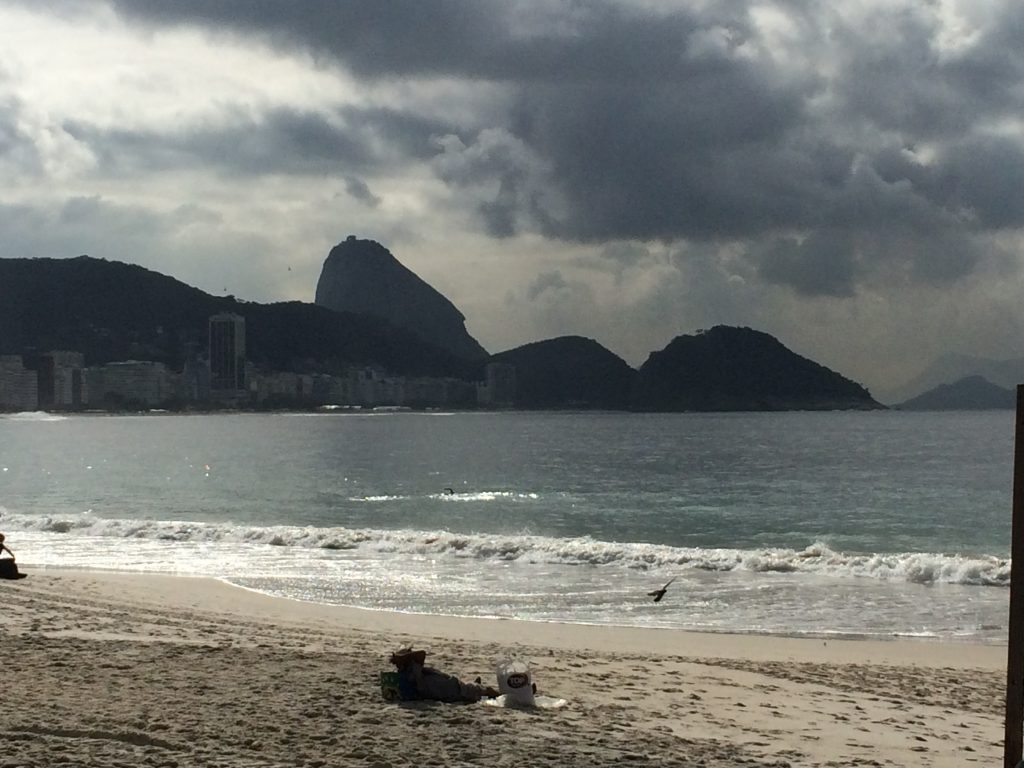
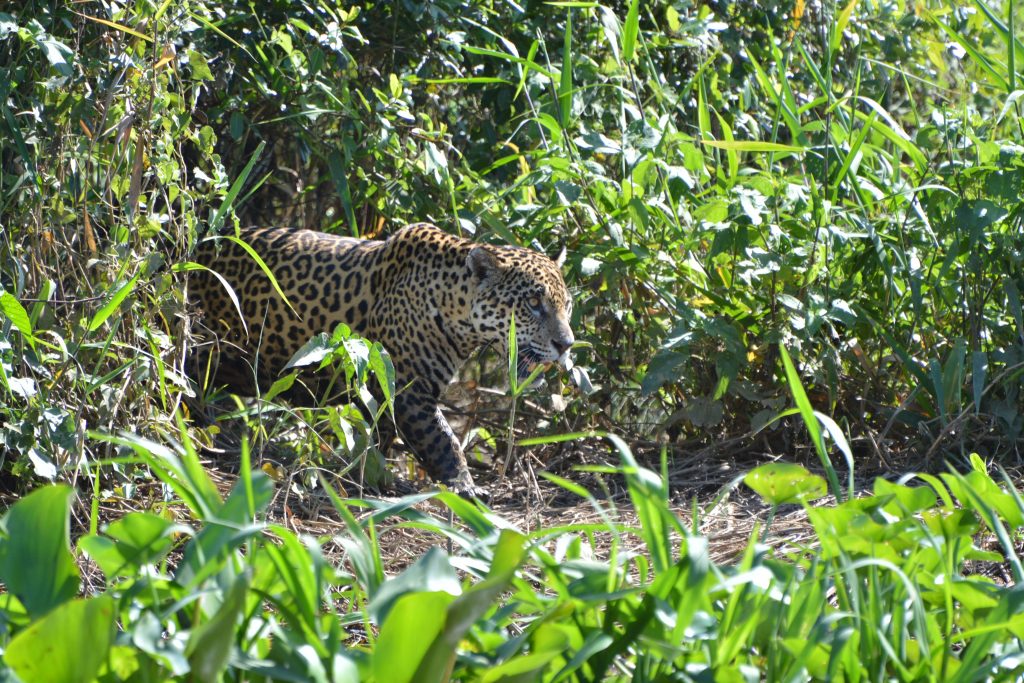
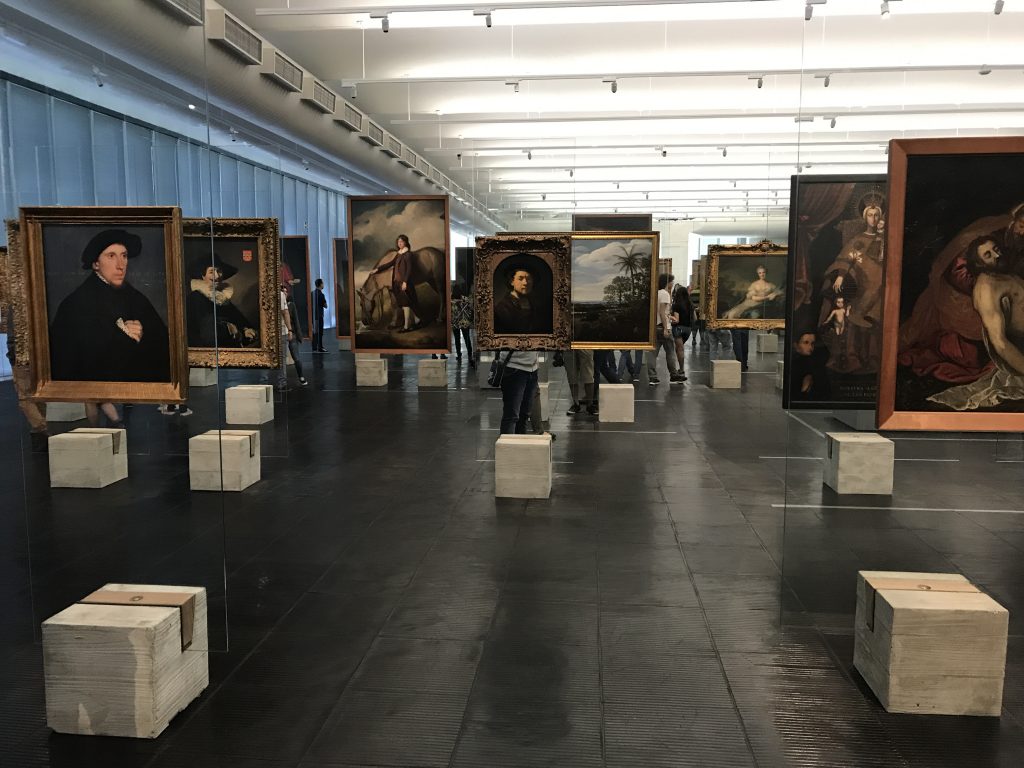
Highlights
- Rio de Janeiro and its beautiful beaches
- Christ the Redeemer on a clear day
- Sugarloaf and cable car
- Visit a favela with a tour
- Iguazu Falls- visit both the Brazilian and Argentinian sides; and I recommend the boat tour which takes you close enough to the falls to get soaked!
- Iguazu bird park
- Sao Paulo
- Batman’s Alley, Beco do Batman with its colourful street art
- Ibirapuera park
- São Paulo Museum of Modern Art
- Museum of Art of São Paulo Assis Chateaubriand
- Eat Churrascaria, the famous Brazilian BBQ
- Enjoy the fresh tropical fruits and juices
- Buy Havaianas flip-flops as there is a huge variety in Brazil
- Pantanal to see the wildlife including jaguars, anteaters, capybara, caiman, otters, birds, lizards and more
- The Paraguay and Cuiabá rivers
- Cuiaba city
- Chapada dos guimareas waterfalls and rock formations near Cuiaba
- Amazon to see nature, the river and the jungle
- The world-famous Brazilian Carnival celebrations take place just before Lent
Before you go
- Brasília is the capital of Brazil
- The official language is Portugeuese
- UK and US citizens do not need a visa to visit as a tourist for up to 90 day
- Yes, you can really visit Copacabana and Ipanema, places that are in many songs!
- Walking around at night in the cities is not advisable; during the day it is okay in the beach tourist areas
- São Paulo – São rhymes with Pow and does not have a “n” sounds at the end
- To say thank you women say obrigada and men say obrigado
- Favela is a word to describe the slums or ghetto; some are dangerous but now in Rio there are some tour companies that take tourists for a visit and it’s relatively safe
- Recommend drinking bottled water
- On the other hand, I ate sushi, fresh fruits and vegetables, and never got sick
- There is a large Japanese population in Brazil so the Japanese food including sushi is great
- It’s in the southern hemisphere so Summer is December through March, and winter is June through September, However, northern Brazil is tropical and hot, humid most of the year
- There are mosquitos so take or buy repellent; in some areas you may need anti-malarial medication including Pantanal
- There can be sudden rain even if the sun is out so take an umbrella or raincoat
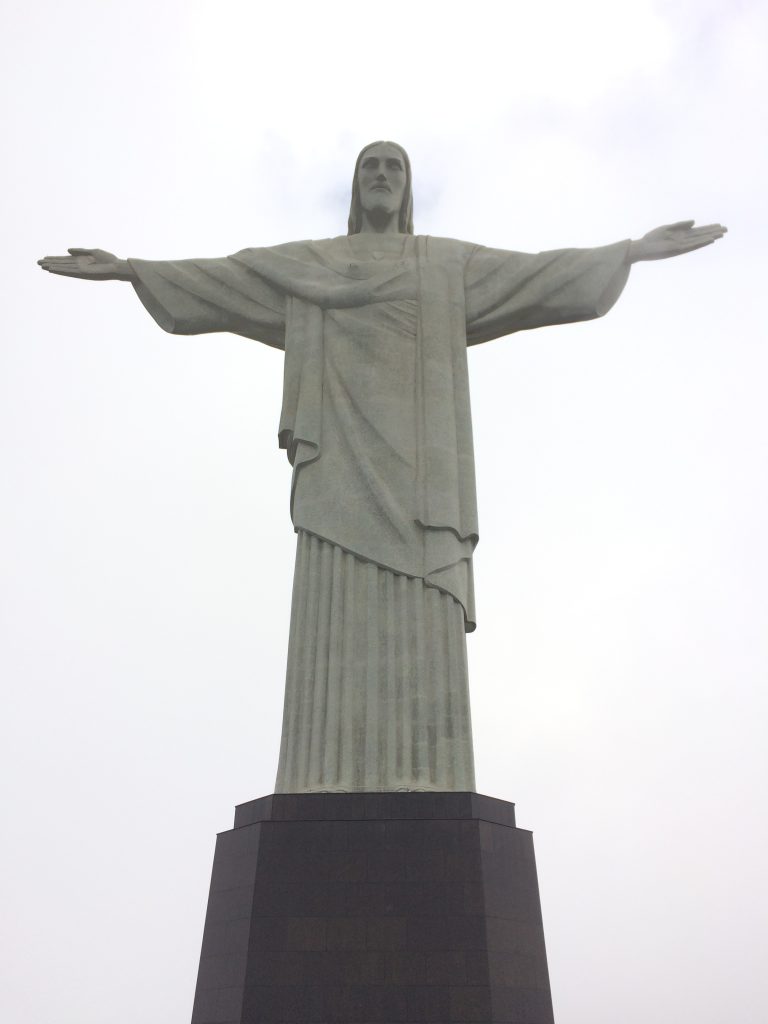
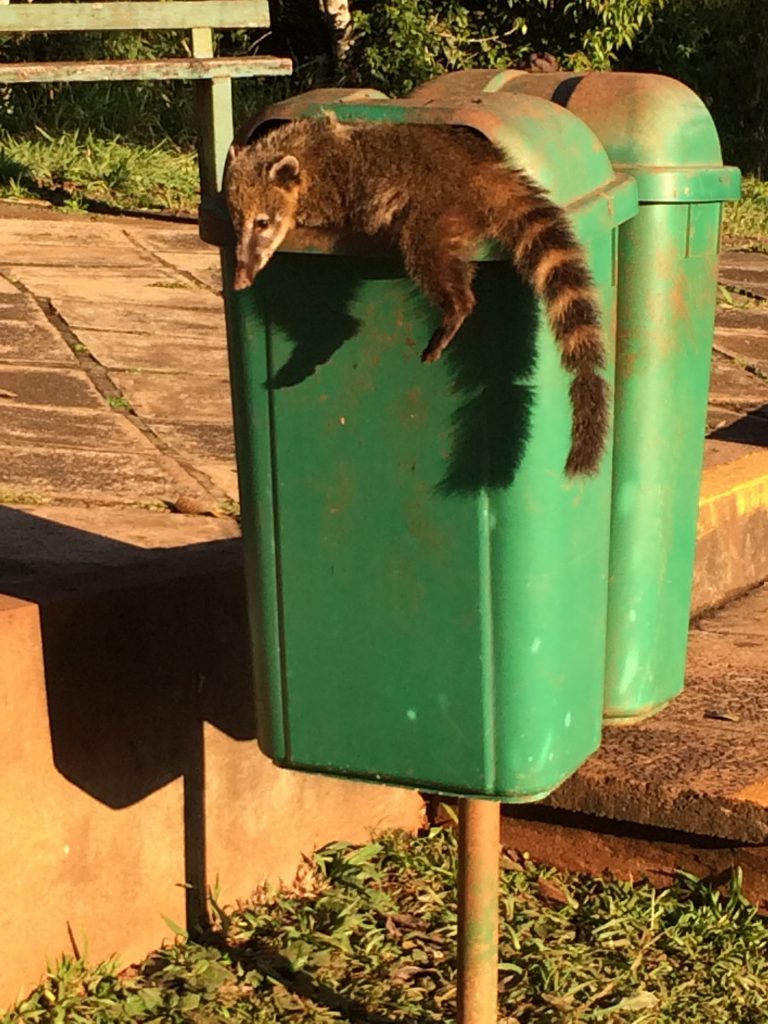
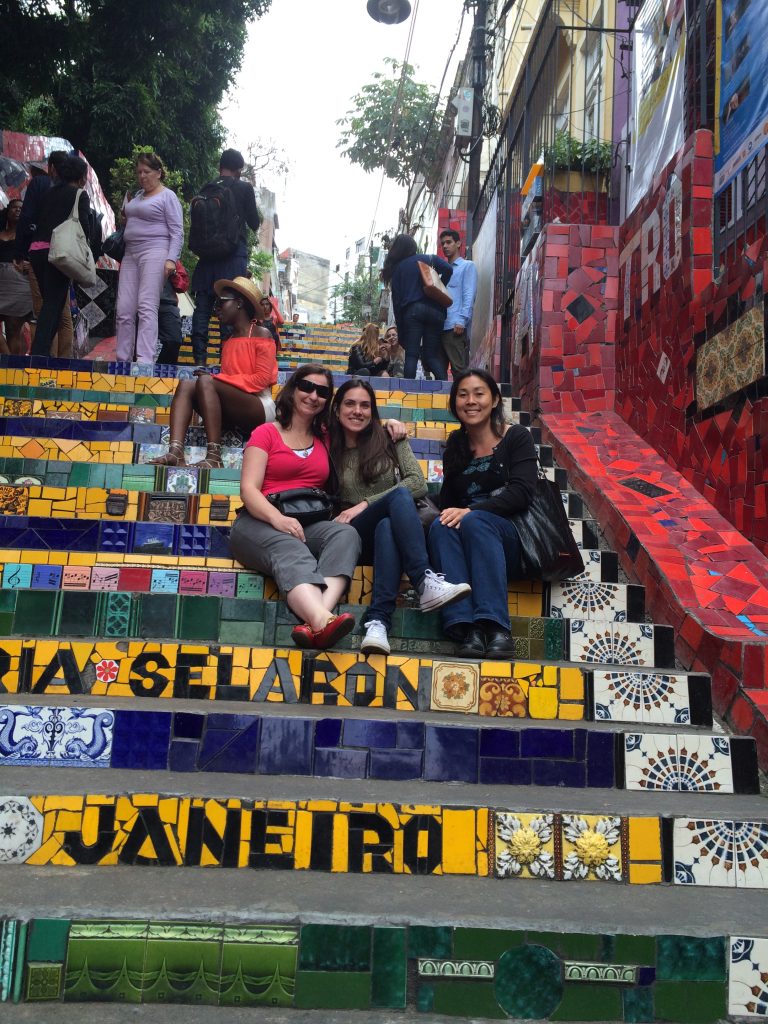
Transport
- There are many international flights to Brazil. I have flown in and out of Tom Jobim International Airport in Rio, and out of São Paulo Guarulhos (GRU) Airport
- Be aware that there are domestic airports as well as the international ones, so check your tickets to confirm the airport
- Taxi is the easiest way to get around in the cities, though you may have to insist on the meter being on
- In the larger cities, Uber is also available
- For travel around Pantanal, you need to be on a tour or have a car that can handle rough roads. I would not have wanted to drive myself! Also, the best way to see animals was in a boat on the river. I had a great experience with Julinho of Pantanal Trackers
Accommodation
- AirBnB has a lot of options in Rio and during my first visit we shared an apartment in the Copacabana area. It is especially useful if you want to have a kitchen
- In Rio, I also stayed at the Hotel Atlântico Rio, which was central and comfortable. It has a pool and a nice buffet breakfast
- Since we were in Iguazu falls for just 2 nights, we stayed at the fancy Belmond Hotel das Cataratas. The room was beautiful with a view of the water. We had comfy robes and slippers, and a great breakfast.
- My accommodation in Pantanal ranged from the simple Hotel Ramos in Cuiaba, to the comfortable Pouso Alegre Lodge, to roughing it in a tent with no electricity and water from the river in Porto Jofre
- After roughing it in Pantanal, I stayed at the lovely Hotel Landmark Residence in São Paulo
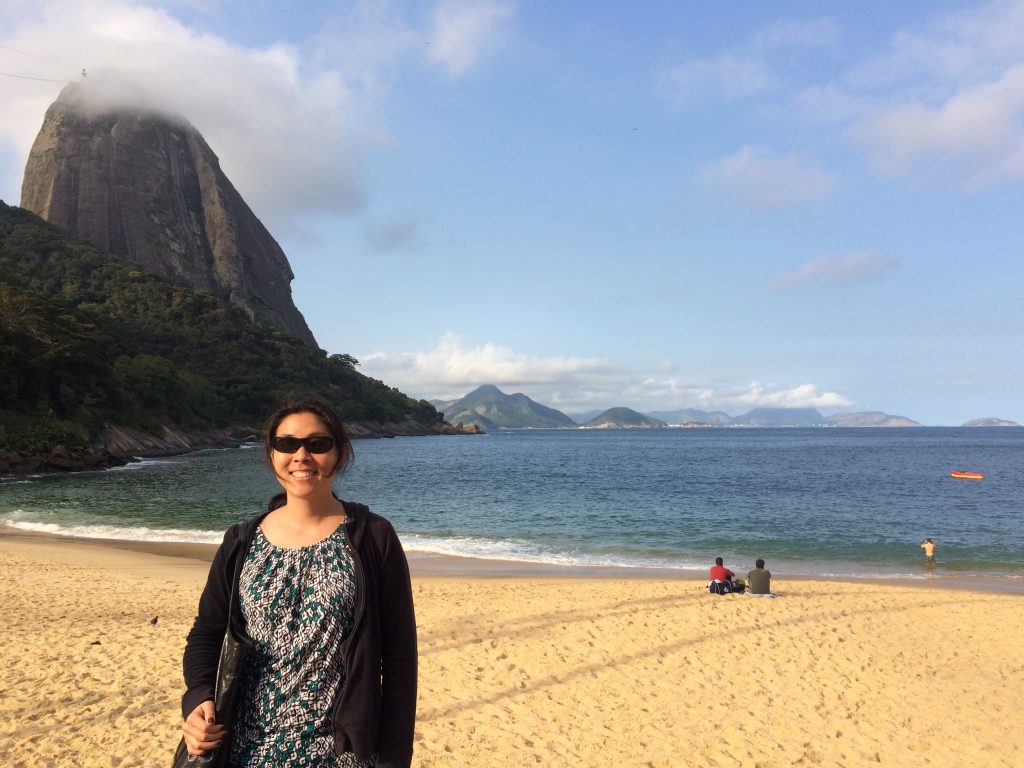
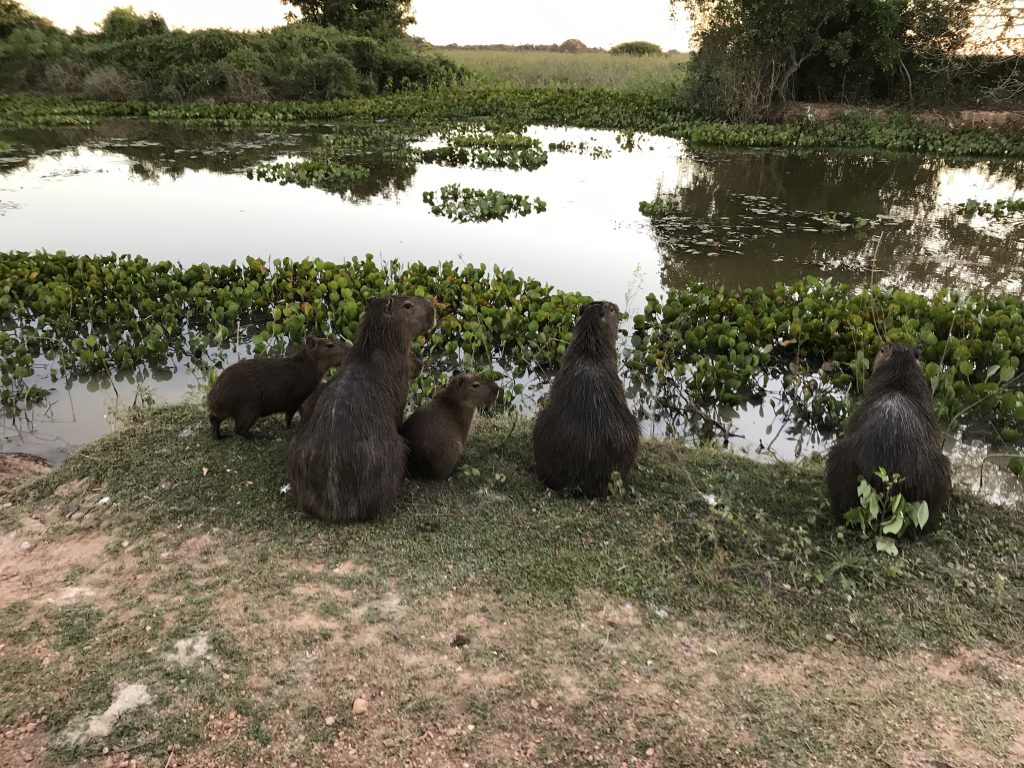
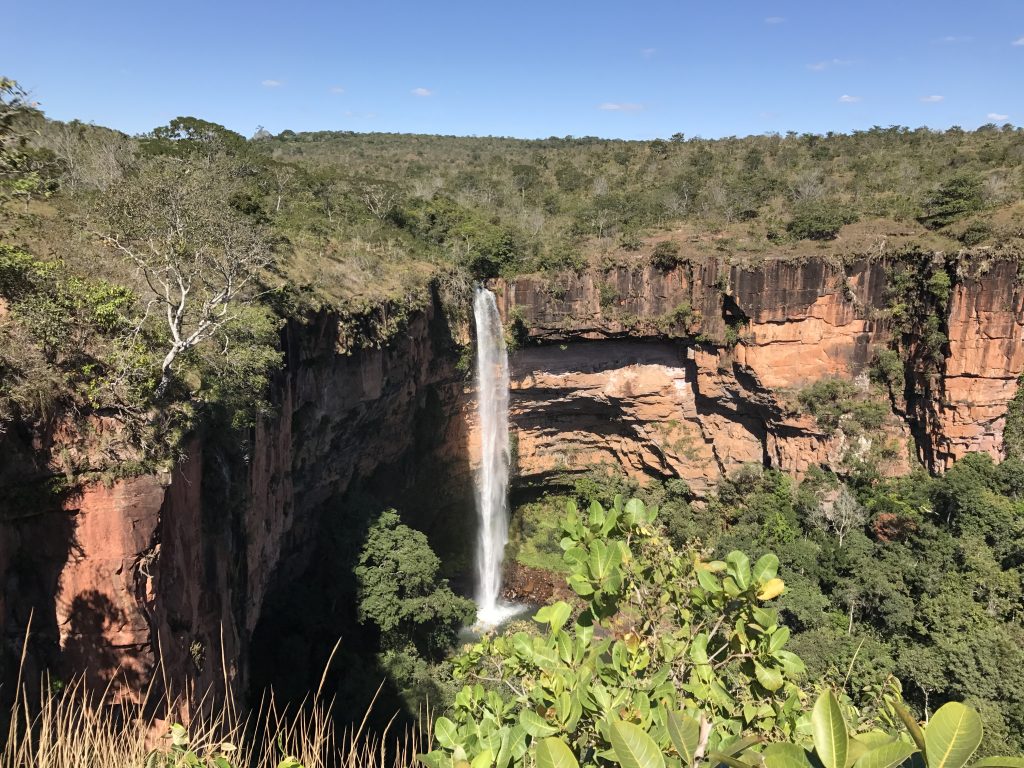
Currency
The official currency of Brazil is the Real. As of January 2023, one British pound is equal to 6.29 reals.
I recommend to check the currency conversion just before you leave as this fluctuates

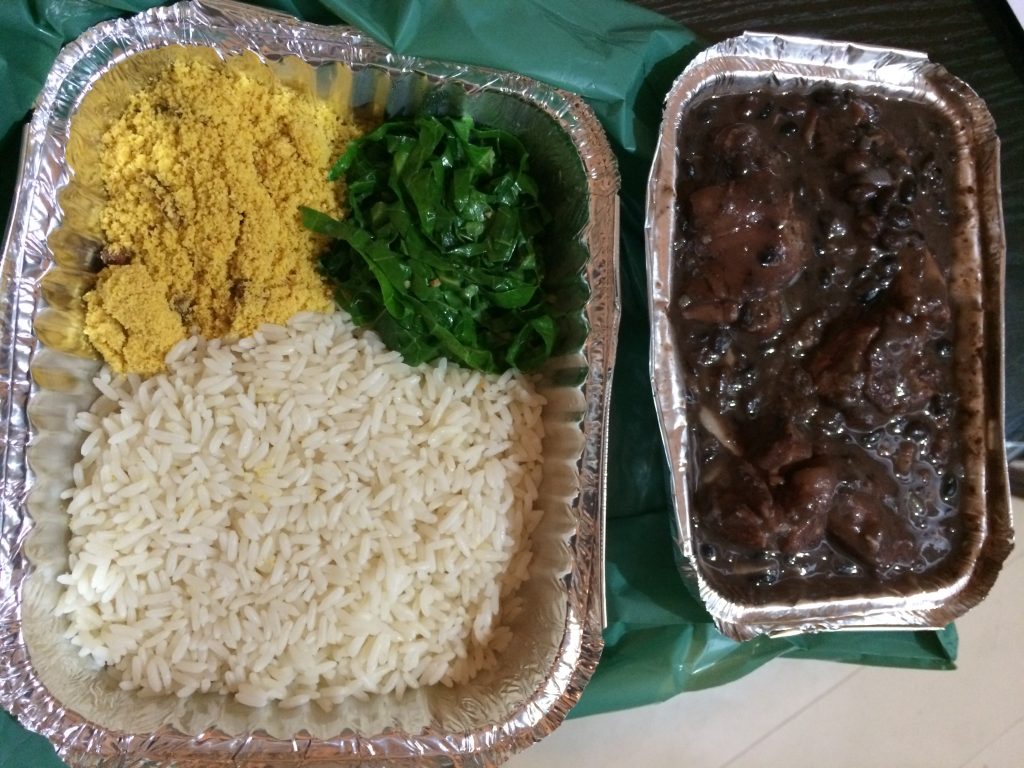
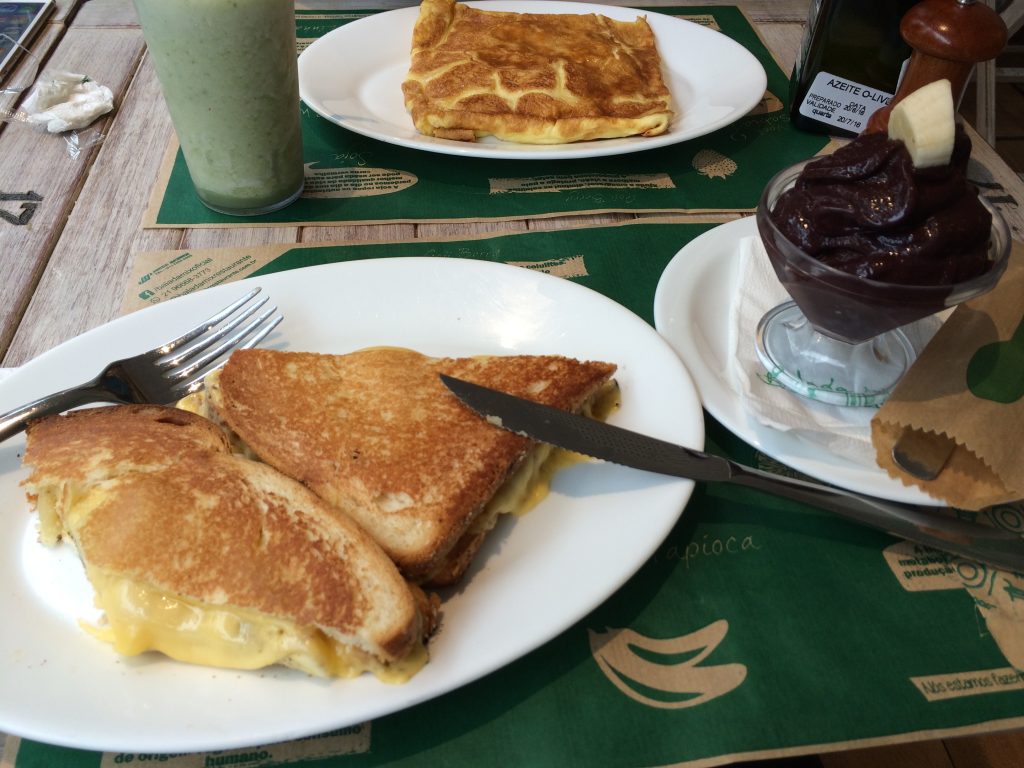
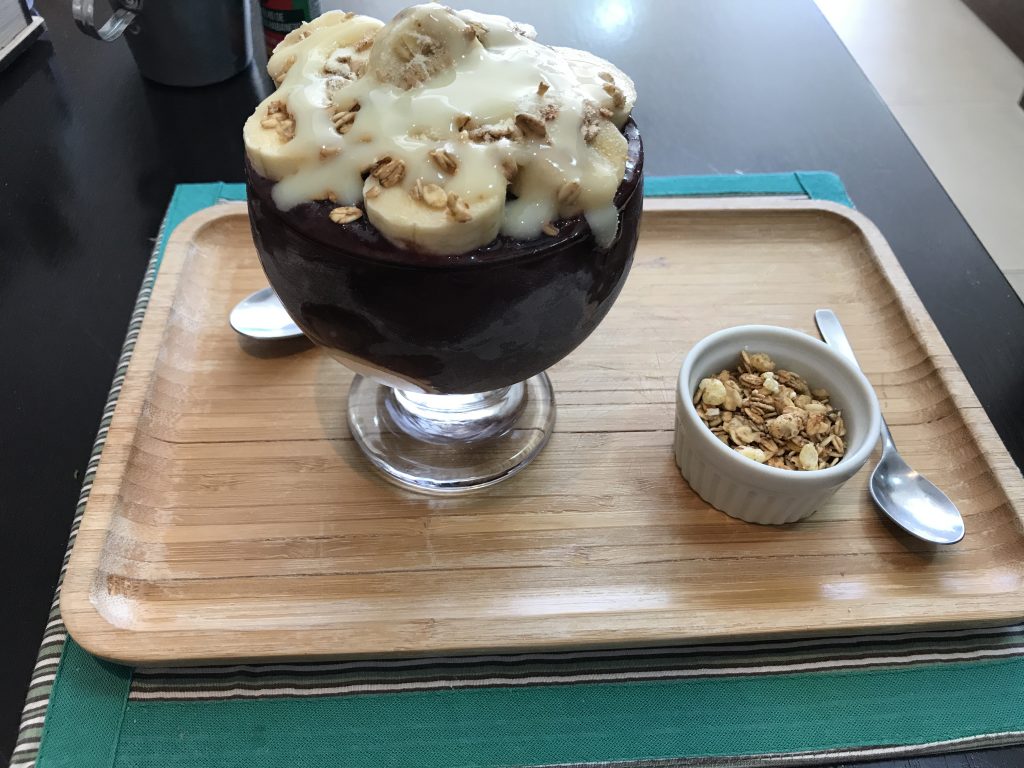
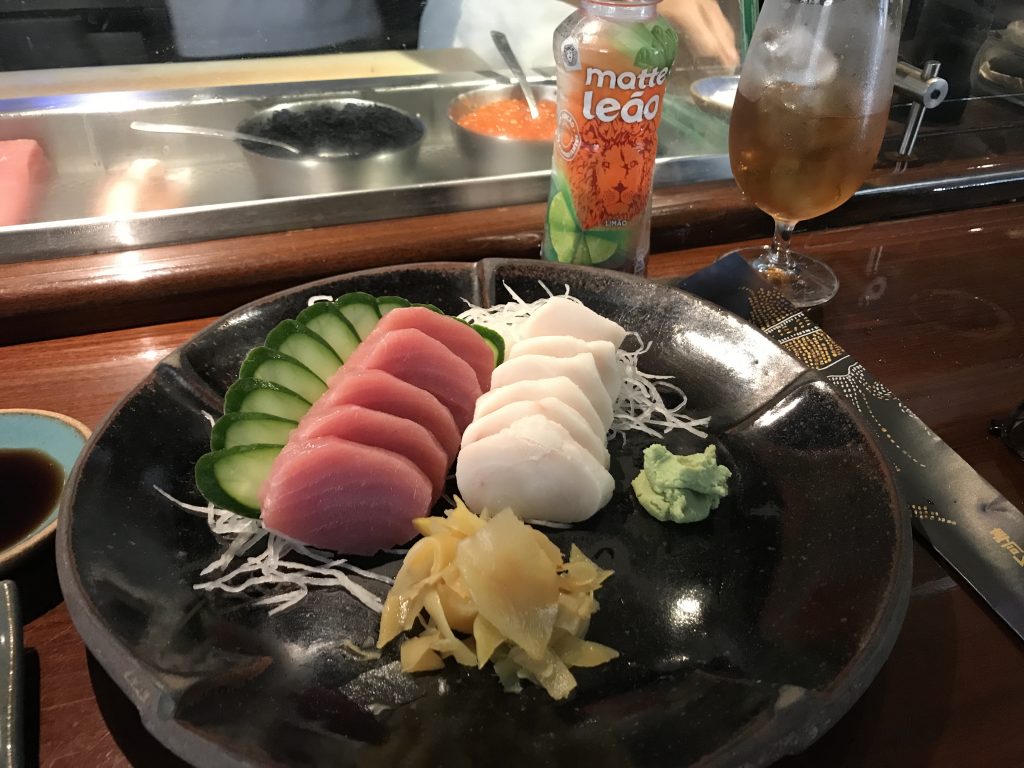
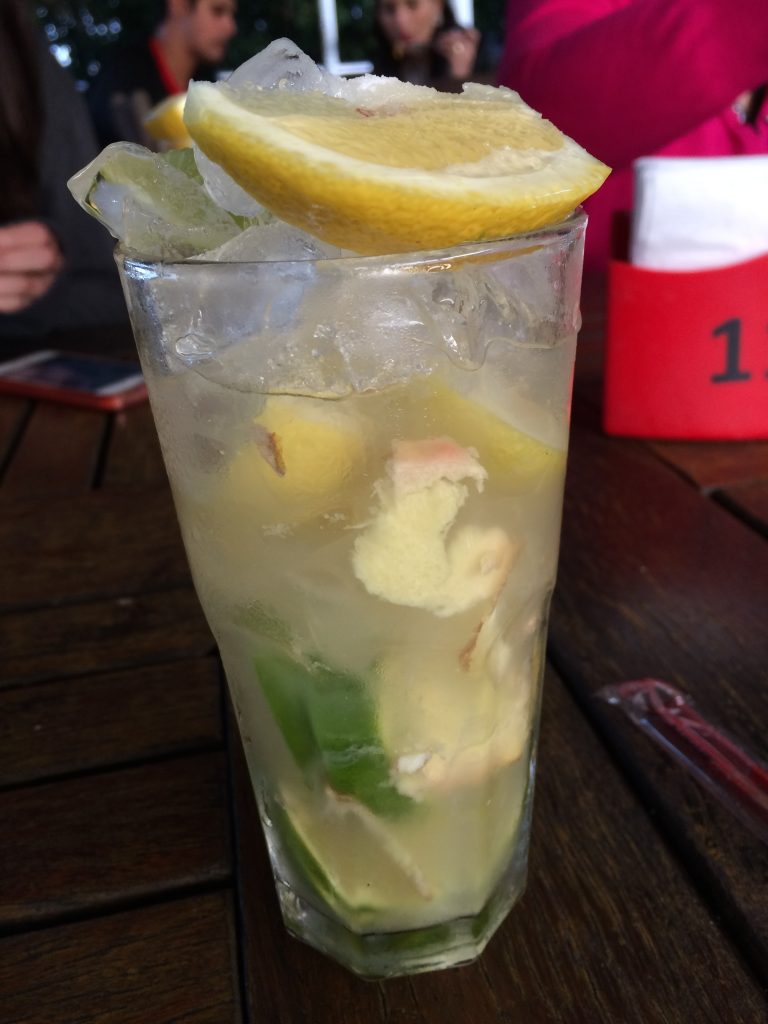
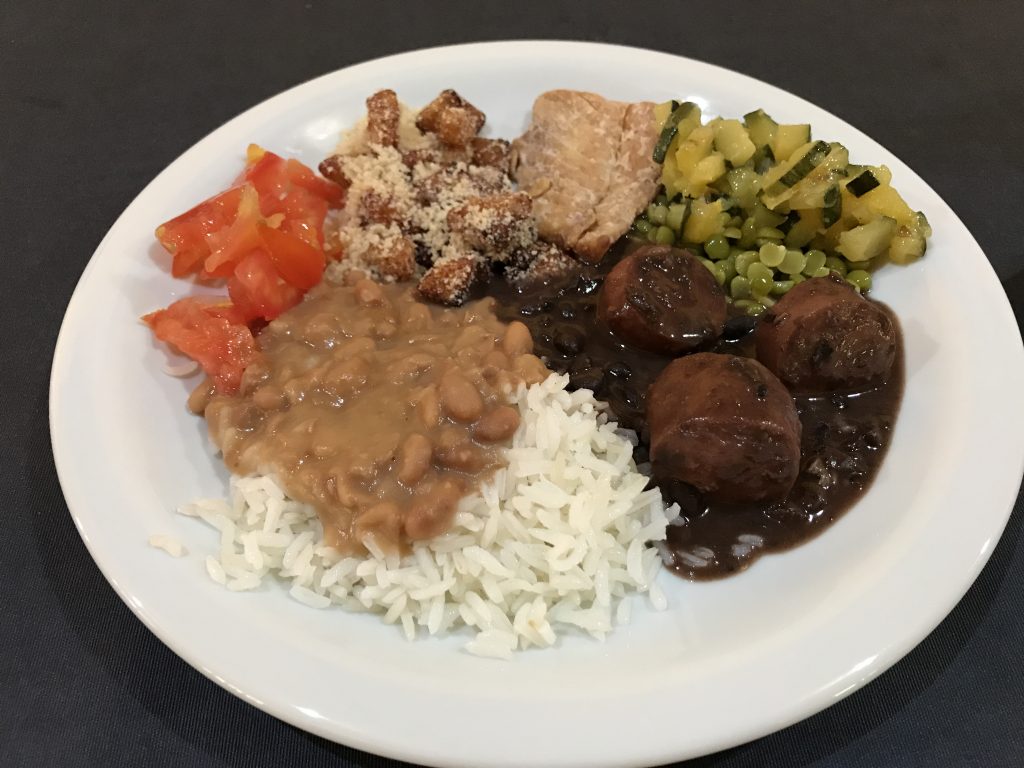
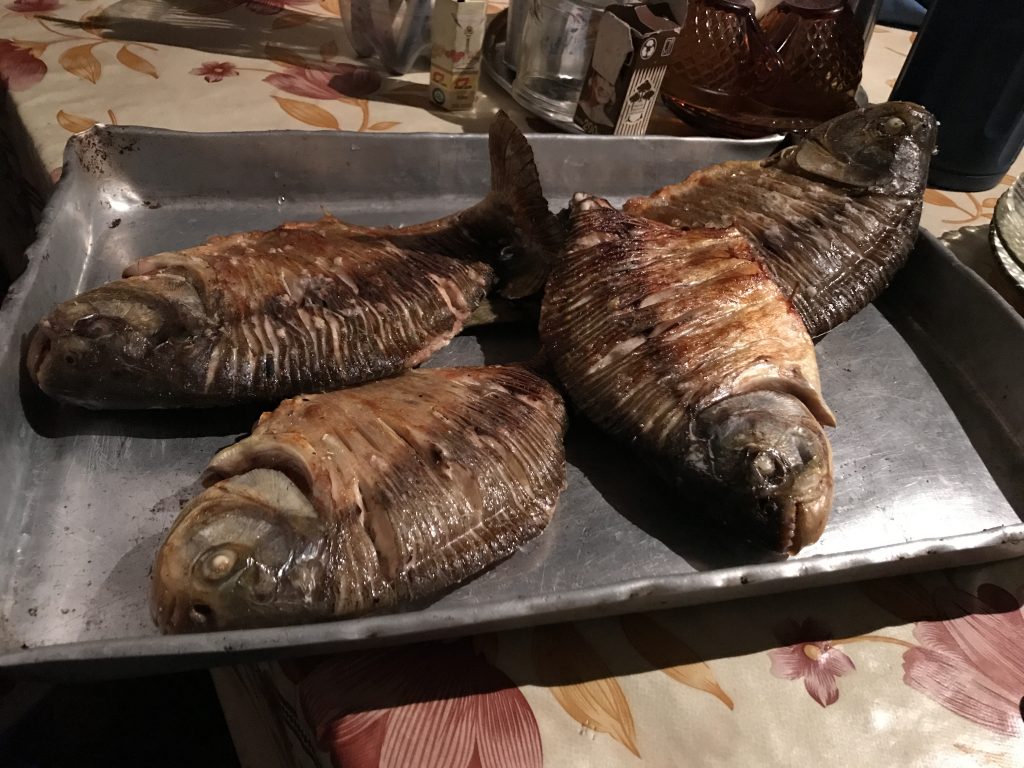
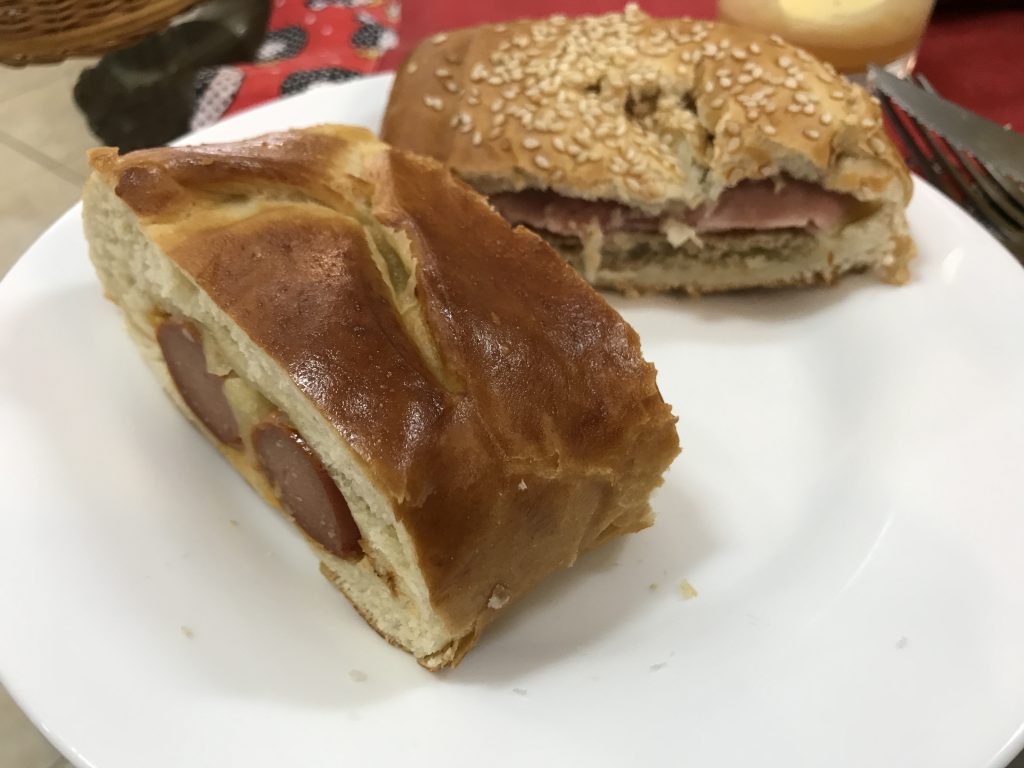
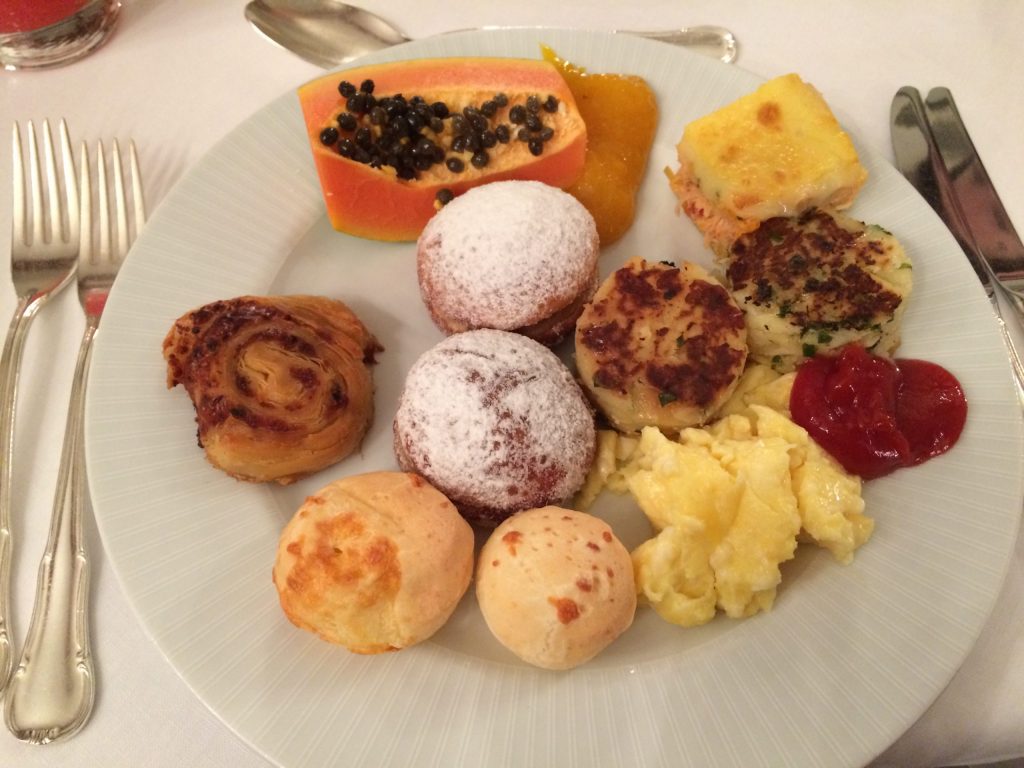
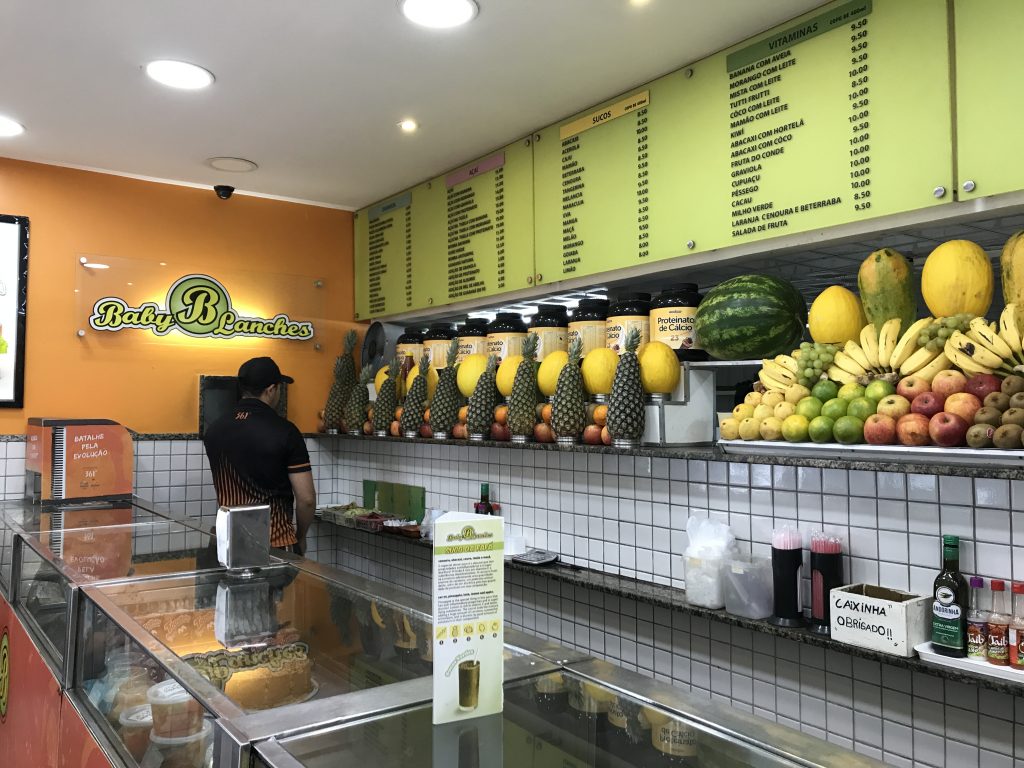
Food
This section about Brazilian food is about the different types of foods to try. I will list some suggestions for places to go in the separate city posts.
Main dishes
One of the most famous parts of Brazilian cuisine is Churrascaria, or barbecue. You should go prepared to eat a lot as most churrascaria restaurants are all you can eat. There are all types of meats off the grill including chicken hearts, liver, chicken, pork, beef and sausages. I’ve noticed that they tend to bring the cheaper meats first so be patient and pace yourself. Also, there are often sides of salad and bread those also fill you up.
Another typical dish is Feijoada, a hearty stew of assorted meats mixed with black beans, which is often topped with cassava flour (farofa). I love the flavours though this is typically made with the cheaper cuts of meat.
Due to the large Japanese population in Brazil, there are many Japanese restaurants. The sushi, ramen and other foods are excellent! Sushi Leblon in Rio is a favourite, and there are many options in São Paulo, especially around Liberdade.
Finally, I would like to recommend trying piranha. I had never thought I would eat piranha, let alone catch them myself. However, I had the opportunity catch some while on the Cuiaba river in Pantanal. It was a wonderful experience and the fried fish is quite tasty!
Drinks and Snacks
If you like strong alcohol then having a caipirinha is very Brazilian. It is made with Cachaça, sugar and lime juice. However, there are many variations with other fruits. Be careful because they taste very good but are deceptively strong!
Most bakeries will have small cheese bread balls called Pão De Queijo. They are simple and so tasty! In general, the pastries at the bakeries were delicious. Lots of caramel and chocolate. Yum!
Açaí (pronounced ah-sah-EE) has become popular around the world, and it is originally from Brazil. It is a tasty fruit with anti-oxidants. You can order açaí in many different forms- smoothie, frozen in a bowl, with or without toppings.
My favourite Brazilian candy is Paçoca, which is made from peanuts. It is hard to describe the texture but it sort of crumbles and melts as you eat it. Luckily we can find these in London!
Desserts
Brigadeiros are chocolate balls made with sweetened condensed milk. It served on their own as a dessert and it can also be used like icing.
For example, the Brazilian Carrot Cake topped with brigadeiro is really over the top. The cake itself is orange, but since it is blended you can barely tell that it contains carrot. The carrot is further over-powered by the chocolate brigadeiro icing on top. I added some sprinkles to my version.
I find many of the Brazilian desserts quite rich. And the Pudim de Leite (Flan) is no exception. However, it is delicious and creamy, so if you have space then try it!
FAQs
Q: Do I need a tour guide?
A: Yes sometimes it is useful to have a tour guide. You don’t need one to visit the larger cities, although in Rio de Janeiro I took a tour to the favelas. For the areas in nature like Pantanal, you need to have a guide.
Q: Do people speak English?
A: Some speak English, but it is useful to have an app like GoogleTranslate for Portuguese.
Q: Can I travel solo?
A: Yes, but you should be careful as there are some robberies and attacks on tourists.
Q: How easy is it to send postcards?
A: In the larger cities it is easy to find postcards at tourist shops, and stamps at the post office. See Sending Postcards from Abroad for details on cost and the time it took to reach the USA.
Go to Country Map
